Home>Gardening & Outdoor>Plant Care & Gardening Tips>When To Plant Hummingbird And Butterfly Wildflower Mix
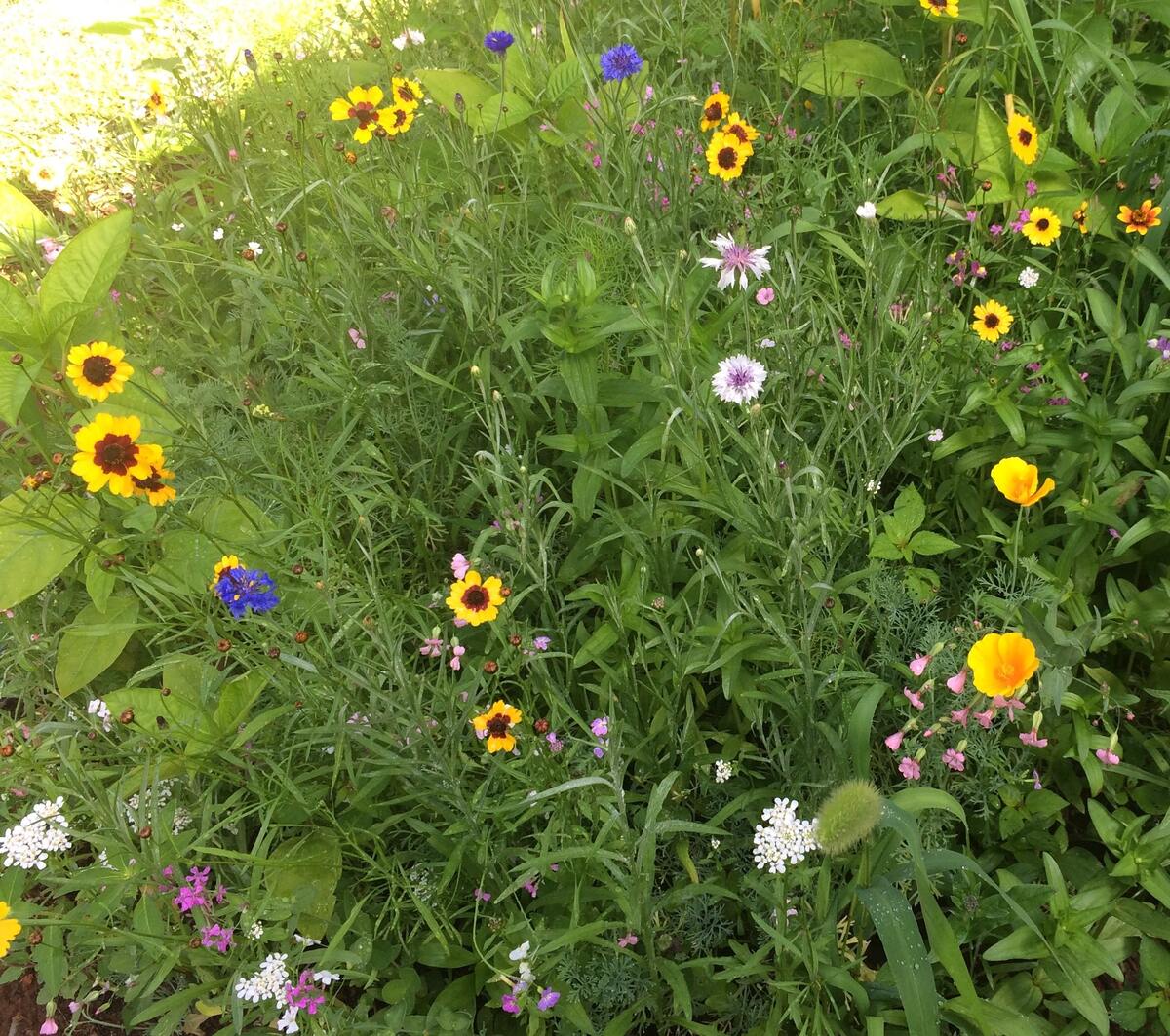

Plant Care & Gardening Tips
When To Plant Hummingbird And Butterfly Wildflower Mix
Modified: January 4, 2024
Discover the best time to plant a hummingbird and butterfly wildflower mix with expert plant care and gardening tips. Attract beautiful wildlife to your garden effortlessly!
(Many of the links in this article redirect to a specific reviewed product. Your purchase of these products through affiliate links helps to generate commission for Storables.com, at no extra cost. Learn more)
Introduction
Welcome to the delightful world of gardening, where you can create a haven for hummingbirds and butterflies with a vibrant wildflower mix. Planting a hummingbird and butterfly wildflower mix not only adds beauty to your garden but also supports these enchanting creatures by providing them with a rich source of nectar and habitat.
Imagine your garden abuzz with the gentle flutters of butterflies and the mesmerizing sight of hummingbirds darting from flower to flower. By choosing the right wildflower mix and understanding the optimal planting time, you can turn this vision into a reality.
In this comprehensive guide, we will delve into the intricacies of planting a hummingbird and butterfly wildflower mix, from understanding the components of the mix to mastering the art of maintenance. Whether you are a seasoned gardener or just beginning to explore the joys of gardening, this guide will equip you with the knowledge and confidence to cultivate a flourishing haven for these beloved winged visitors.
So, roll up your sleeves, grab your gardening tools, and let's embark on a journey to create a captivating sanctuary for hummingbirds and butterflies in your own backyard.
Key Takeaways:
- Planting a hummingbird and butterfly wildflower mix in early spring or fall attracts these enchanting creatures, creating a vibrant haven in your garden.
- By selecting nectar-rich flowers and providing ongoing care, you can nurture a flourishing ecosystem that celebrates the delicate balance between nature and its inhabitants.
Read more: When To Plant Northeastern Wildflower Mix
Understanding Hummingbird and Butterfly Wildflower Mix
Before you embark on the journey of planting a hummingbird and butterfly wildflower mix, it’s essential to understand the components that make up this enchanting blend. A well-crafted wildflower mix for hummingbirds and butterflies typically includes a variety of nectar-rich flowers that serve as a vital food source for these winged visitors.
The key to a successful hummingbird and butterfly wildflower mix lies in selecting flowers with vibrant colors and tubular shapes, as these characteristics are particularly attractive to hummingbirds. Some popular choices include trumpet vine, bee balm, and salvia, which not only provide nectar but also add a burst of color to your garden.
For butterflies, the wildflower mix should encompass a diverse range of nectar-producing flowers that cater to different species. Flowers such as butterfly bush, coneflowers, and milkweed are favored by butterflies for their abundant nectar and the support they provide throughout their life cycle.
Understanding the specific preferences of hummingbirds and butterflies will enable you to curate a wildflower mix that caters to their distinct needs, ensuring a bountiful and diverse array of blooms throughout the season.
By embracing the art of blending these nectar-rich and visually captivating flowers, you are not only creating a picturesque garden but also fostering a nurturing environment for these cherished pollinators.
Best Time to Plant Hummingbird and Butterfly Wildflower Mix
Timing is crucial when it comes to planting a hummingbird and butterfly wildflower mix, as it directly influences the success and vibrancy of your garden. The optimal time to sow the seeds or transplant seedlings of your wildflower mix largely depends on your geographical location and the specific climate of your region.
In general, the best time to plant a hummingbird and butterfly wildflower mix is during the early spring or fall. These seasons offer favorable conditions for the establishment of the wildflowers, allowing them to take root and flourish before the harsh heat of summer or the chill of winter sets in.
Spring planting provides the wildflowers with ample time to establish strong root systems and develop robust foliage before the scorching temperatures of summer arrive. This early start sets the stage for a spectacular display of blooms that will entice hummingbirds and butterflies throughout the warmer months.
Alternatively, fall planting allows the wildflower seeds to lay the groundwork for a vibrant garden in the following spring. The cooler temperatures and increased moisture levels create an ideal environment for seed germination and initial growth, giving the wildflowers a head start for the upcoming growing season.
It’s important to consider the specific requirements of the wildflower species in your mix when determining the best time for planting. Some varieties may thrive when sown directly in the soil in early spring, while others may benefit from being started indoors and transplanted as seedlings in the fall.
By aligning your planting schedule with the natural rhythms of the seasons, you can maximize the potential of your hummingbird and butterfly wildflower mix, creating a flourishing oasis that beckons these graceful visitors to your garden.
Steps for Planting Hummingbird and Butterfly Wildflower Mix
Planting a hummingbird and butterfly wildflower mix is a rewarding endeavor that requires careful attention to detail and a touch of patience. By following these essential steps, you can lay the groundwork for a thriving garden that beckons these beloved winged visitors.
1. Site Selection
Choose a sunny location for planting your wildflower mix, as most nectar-rich flowers favored by hummingbirds and butterflies thrive in ample sunlight. Ensure that the soil is well-draining and free from competing vegetation to provide the wildflowers with the best opportunity to establish themselves.
Read more: How To Plant Wildflower Seed Mix
2. Soil Preparation
Prepare the soil by removing any debris and weeds, and loosen the top layer to facilitate good seed-to-soil contact. Incorporating organic matter, such as compost, can enhance the soil’s fertility and provide a nourishing foundation for the wildflower seeds or seedlings.
3. Seed Sowing or Transplanting
Depending on the specific requirements of the wildflower species in your mix, sow the seeds directly into the prepared soil at the recommended depth, or transplant seedlings according to their individual spacing needs. Take care to water the newly planted seeds or seedlings gently to avoid dislodging them from the soil.
4. Watering and Mulching
Keep the planted area consistently moist, especially during the initial stages of growth, to support the germination of seeds and the establishment of young plants. Applying a layer of organic mulch can help retain soil moisture and suppress weed growth while providing a protective covering for the emerging wildflowers.
5. Monitoring and Maintenance
Regularly monitor the planted area for signs of growth and adjust watering frequency based on the moisture needs of the wildflowers. As the plants mature, consider deadheading spent blooms to encourage continuous flowering and remove competing vegetation that may impede their growth.
Read more: When To Plant Butterfly Pea Seeds
6. Enjoying the Fruits of Your Labor
With time and attentive care, your garden will transform into a captivating sanctuary for hummingbirds and butterflies, adorned with a kaleidoscope of nectar-rich blooms. Take pleasure in observing these winged visitors as they gracefully partake in nature’s bounty, and revel in the beauty you have cultivated.
By following these steps and infusing your efforts with a touch of passion, you can create an inviting haven that not only celebrates the splendor of nature but also nurtures the delicate balance between flora and fauna in your garden.
Maintenance Tips for Hummingbird and Butterfly Wildflower Mix
Once your hummingbird and butterfly wildflower mix has been planted, ongoing maintenance is crucial to ensure the continued vibrancy and allure of your garden. By incorporating these essential maintenance tips into your gardening routine, you can foster a flourishing habitat that beckons these cherished winged visitors throughout the seasons.
1. Watering
Consistent watering is essential, especially during dry spells, to support the growth and blooming of the wildflowers. Be mindful of the moisture needs of the individual plant species in your mix, and adjust your watering schedule accordingly to provide adequate hydration without waterlogging the soil.
2. Deadheading and Pruning
Regular deadheading, or the removal of spent blooms, encourages the continuous production of flowers and prevents the formation of seeds, redirecting the plant’s energy into further blooming. Additionally, light pruning can help maintain the shape and vigor of the wildflowers while removing any damaged or diseased growth.
Read more: When To Plant Butterfly Weed Seeds
3. Weed Control
Vigilant weed control is essential to prevent competing vegetation from overtaking the wildflowers and robbing them of vital nutrients and sunlight. Regularly inspect the garden for weeds and promptly remove them to safeguard the health and growth of your wildflower mix.
4. Fertilization
While wildflowers are typically resilient and adaptable, a light application of balanced fertilizer in early spring can provide an extra boost of nutrients to support their growth and flowering. However, be cautious not to over-fertilize, as excessive nutrients can lead to lush foliage at the expense of blooms.
5. Pest and Disease Management
Keep a watchful eye for signs of pests or diseases that may affect the wildflowers and take prompt measures to address any issues. Employing natural pest control methods and maintaining good air circulation around the plants can help mitigate the risk of infestations and diseases.
6. Observing Wildlife
Take joy in observing the mesmerizing interactions between hummingbirds, butterflies, and the nectar-rich blooms in your garden. By creating a welcoming environment for these winged visitors, you can relish in the enchanting sights and sounds of nature’s delicate dance.
By integrating these maintenance tips into your gardening routine, you can nurture a thriving ecosystem that not only captivates the senses but also contributes to the conservation of these cherished pollinators. With dedication and care, your hummingbird and butterfly wildflower mix will continue to flourish, enchanting all who encounter its natural splendor.
Read more: When To Plant Butterfly Bush Seeds
Conclusion
As we conclude our journey through the enchanting realm of hummingbird and butterfly wildflower gardening, it’s evident that the art of cultivating a vibrant and inviting habitat for these beloved winged visitors is a deeply rewarding endeavor. By understanding the nuances of a well-crafted wildflower mix, the optimal timing for planting, and the essential maintenance practices, you have embarked on a path that not only enriches your garden but also nurtures the delicate balance between nature and its inhabitants.
Through the careful selection and thoughtful arrangement of nectar-rich flowers, you have created a haven that beckons hummingbirds and butterflies, inviting them to partake in the abundance of nature’s offerings. As the garden transforms into a tapestry of colors and fragrances, the graceful dance of these winged visitors adds an extra dimension of wonder and enchantment to the landscape.
The steps you have taken to curate and tend to your hummingbird and butterfly wildflower mix reflect a commitment to preserving and celebrating the intricate connections between flora, fauna, and the natural world. Your efforts have not only created a picturesque sanctuary but also contributed to the vital conservation of these cherished pollinators.
As you continue to immerse yourself in the joys of wildflower gardening, may the mesmerizing sights of hummingbirds sipping nectar from trumpet vines and butterflies fluttering amidst coneflowers serve as a testament to the harmonious coexistence between humans and the wondrous creatures that grace our gardens.
So, as you bask in the beauty of your flourishing garden, take a moment to revel in the symphony of life that unfolds before you—a testament to the transformative power of a humble seed and the profound impact of nurturing a thriving ecosystem in your own backyard.
With each bloom and each graceful visitor that graces your garden, you are not only cultivating a haven for hummingbirds and butterflies but also sowing the seeds of wonder and appreciation for the intricate tapestry of life that surrounds us.
As you continue to tend to your garden, may it serve as a vibrant reminder of the interconnectedness of all living beings and the enduring magic of nature’s enduring dance.
Frequently Asked Questions about When To Plant Hummingbird And Butterfly Wildflower Mix
Was this page helpful?
At Storables.com, we guarantee accurate and reliable information. Our content, validated by Expert Board Contributors, is crafted following stringent Editorial Policies. We're committed to providing you with well-researched, expert-backed insights for all your informational needs.
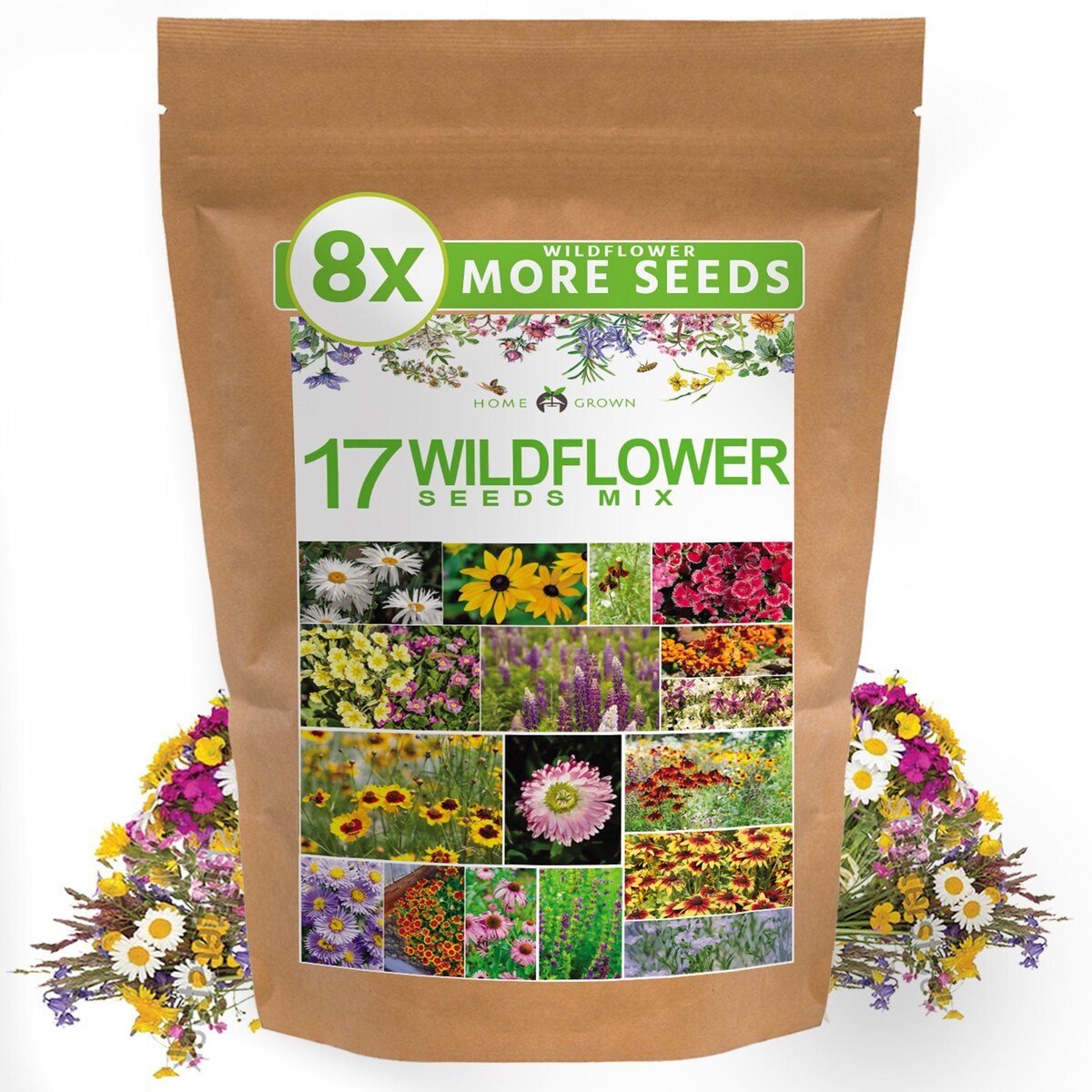
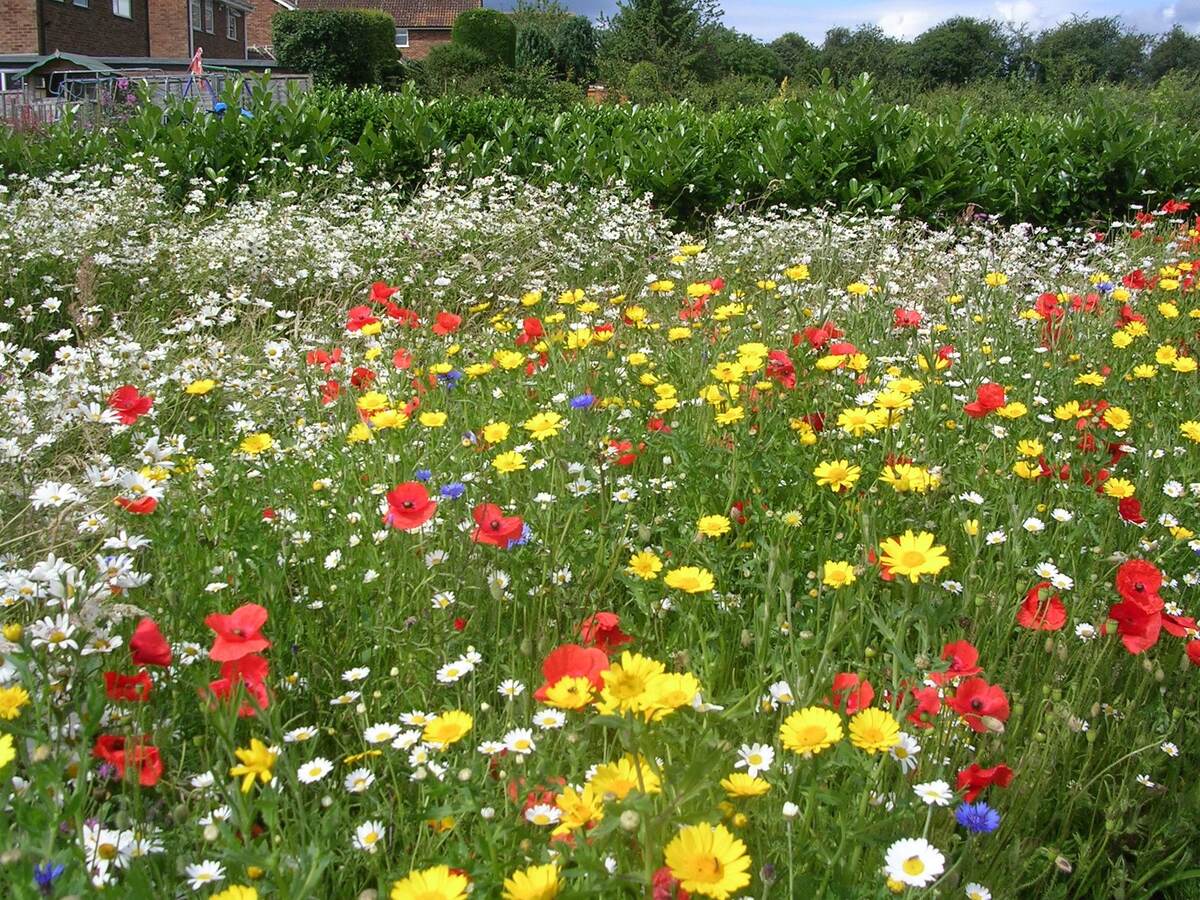
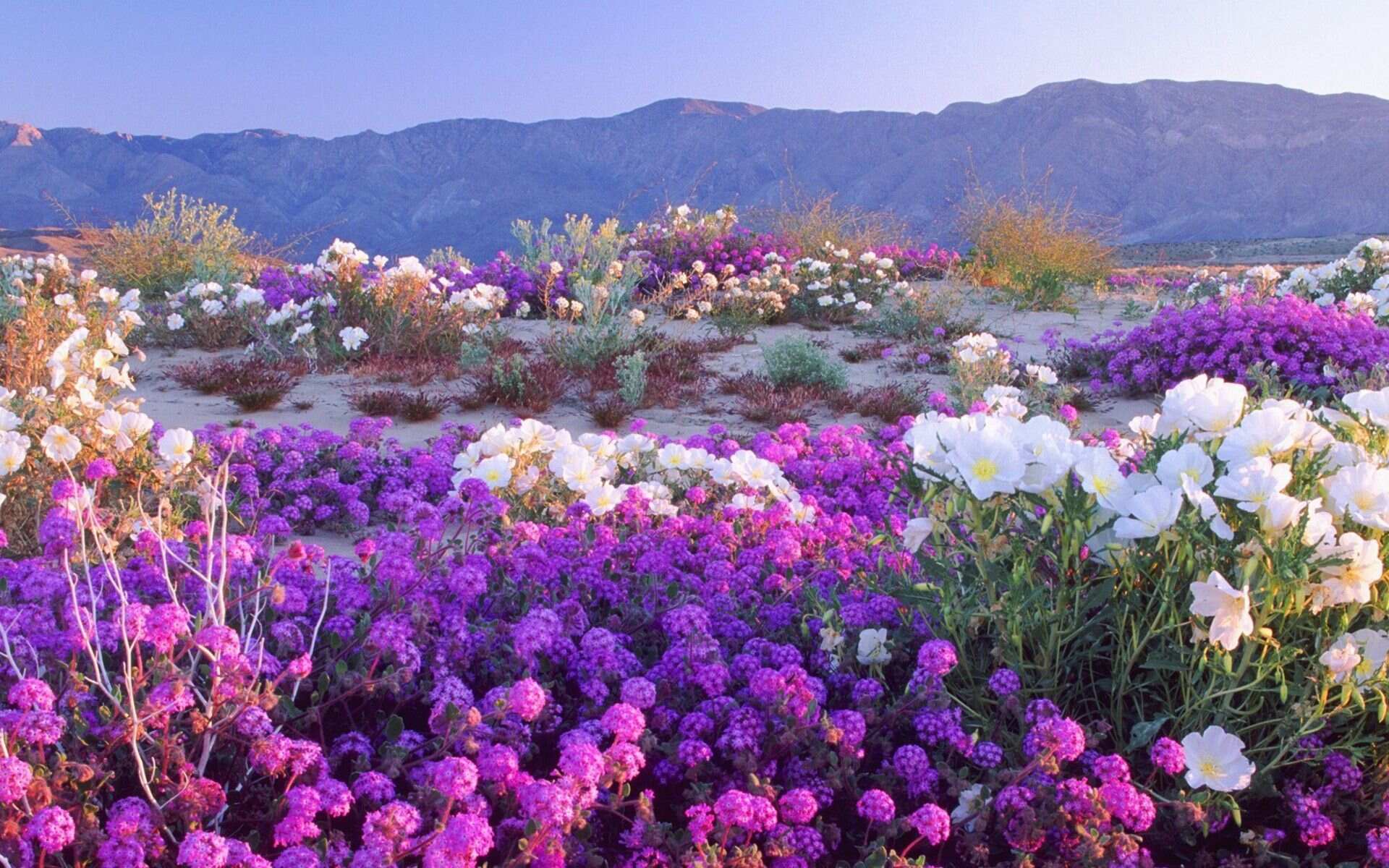
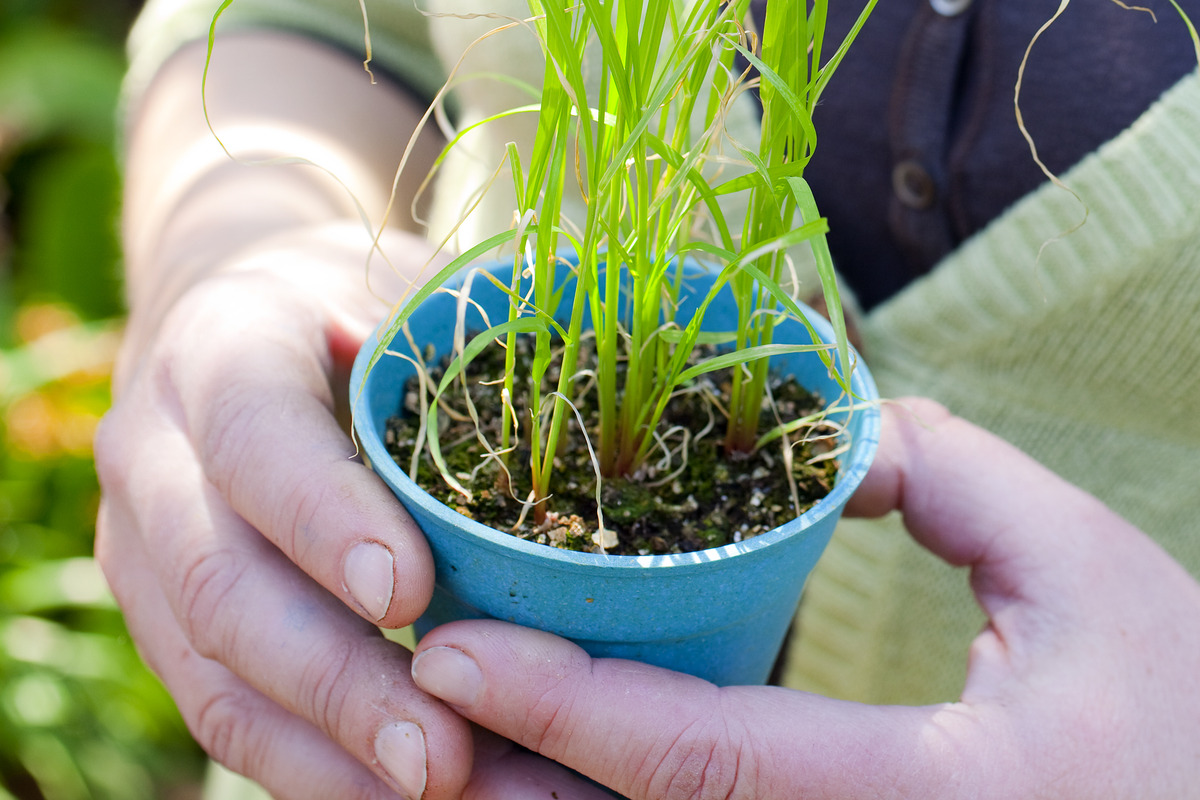
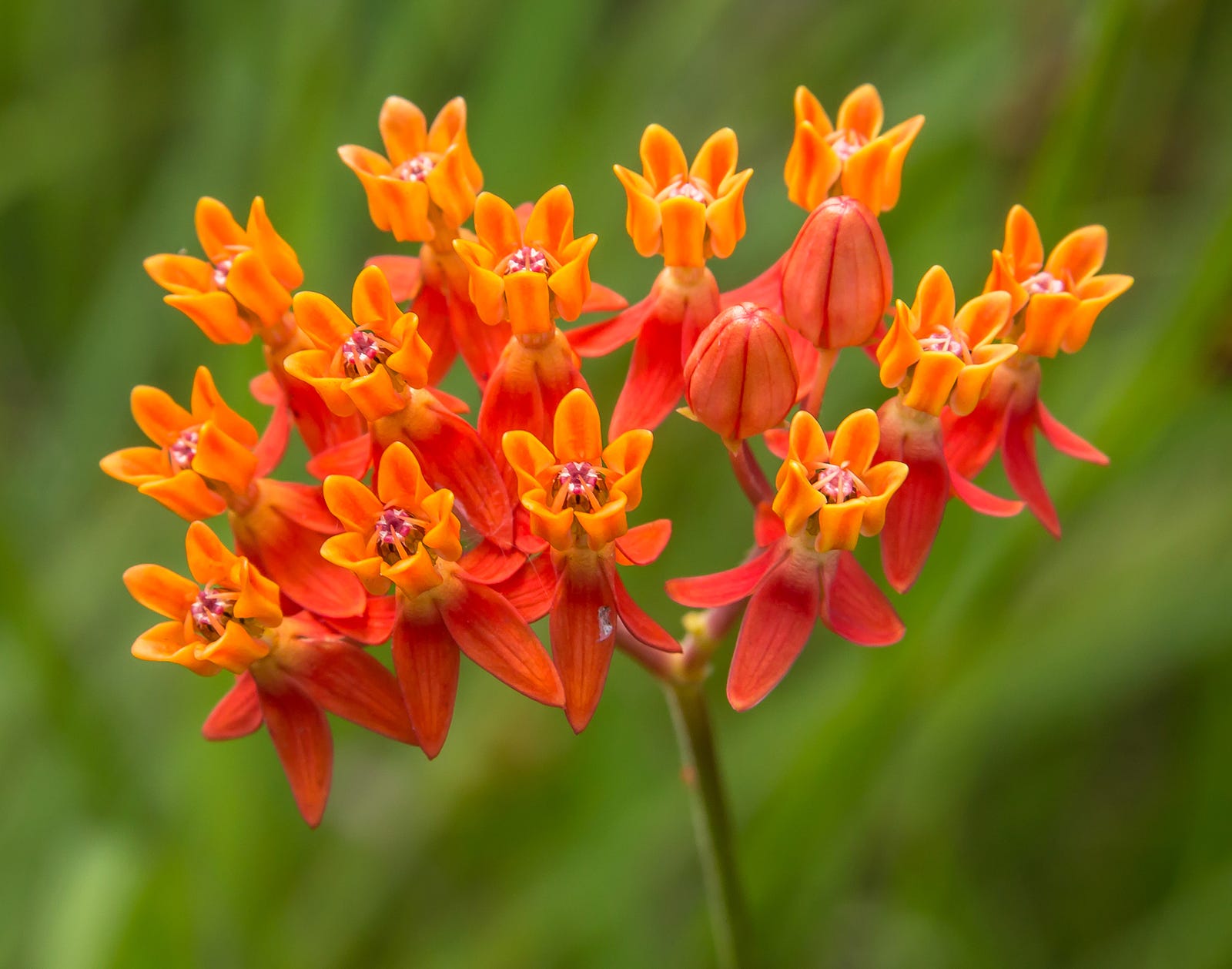
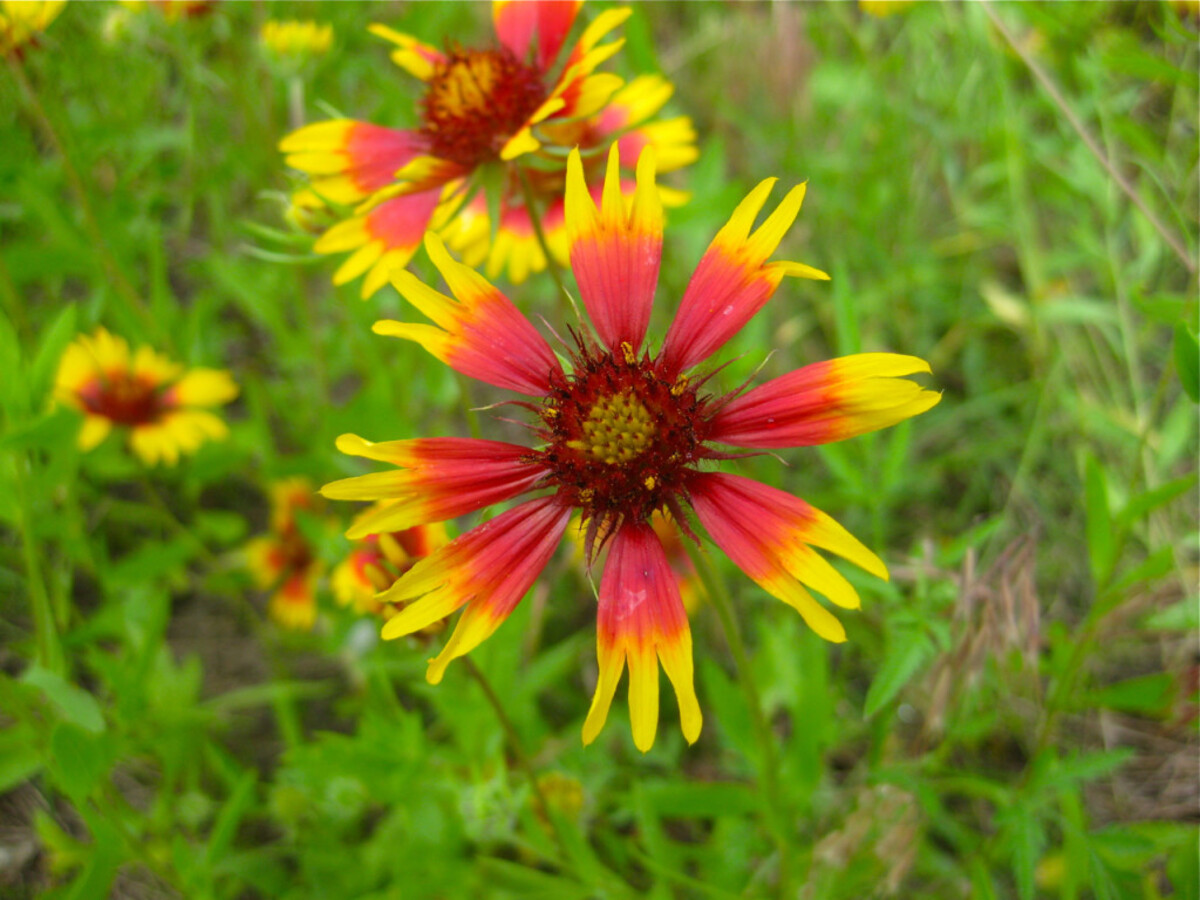
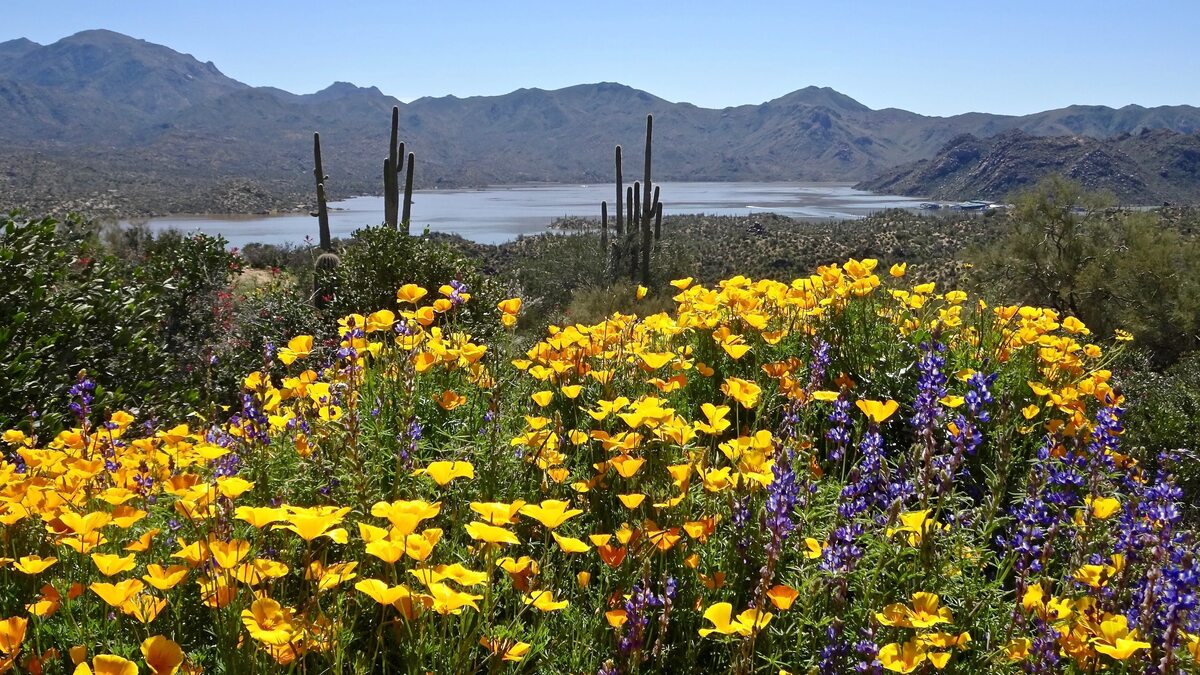
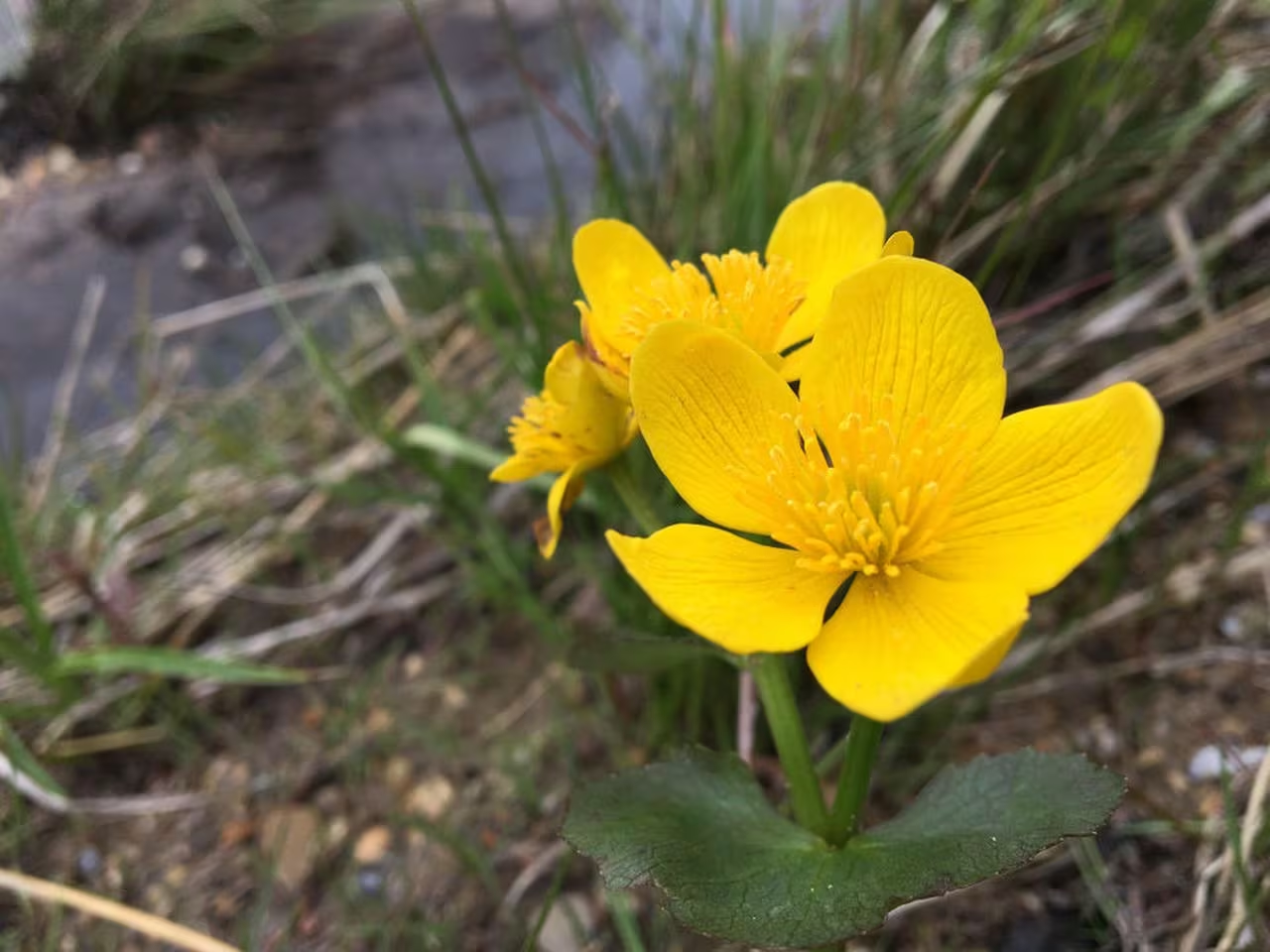
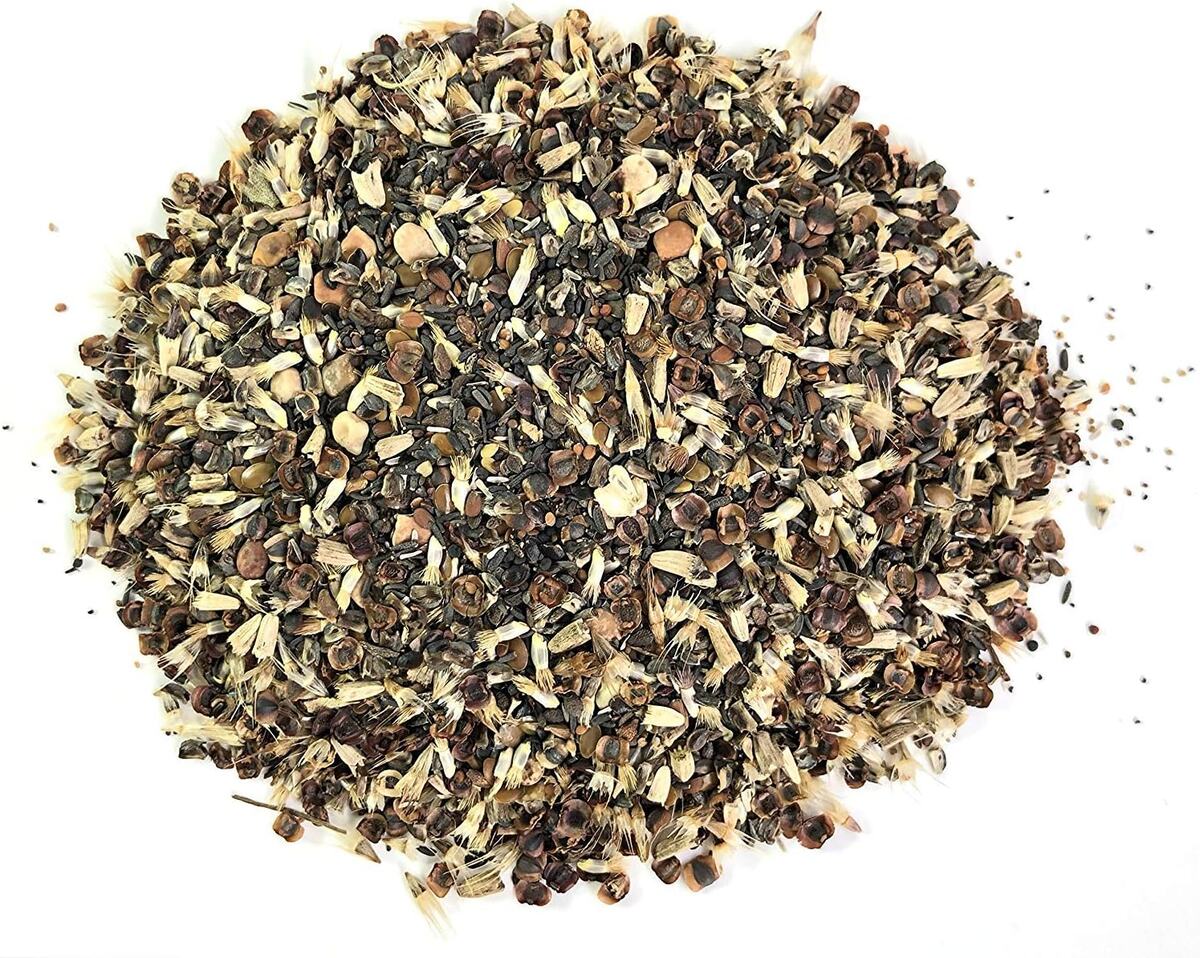
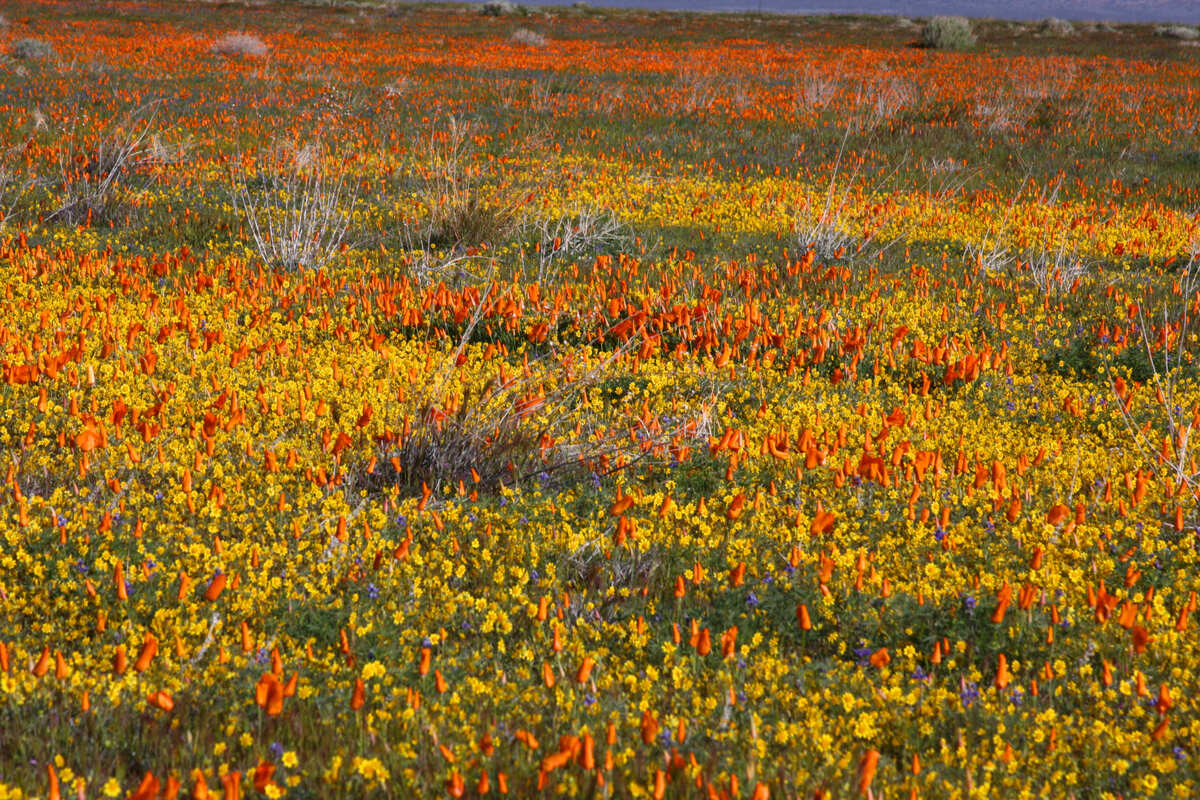
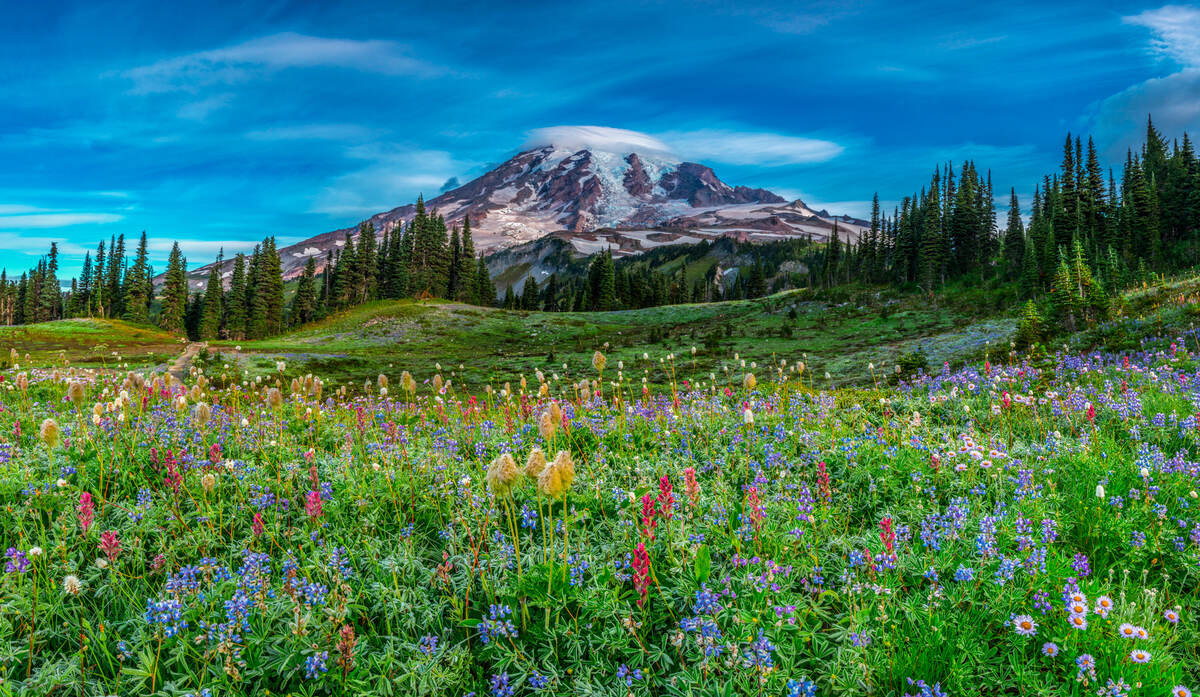

0 thoughts on “When To Plant Hummingbird And Butterfly Wildflower Mix”